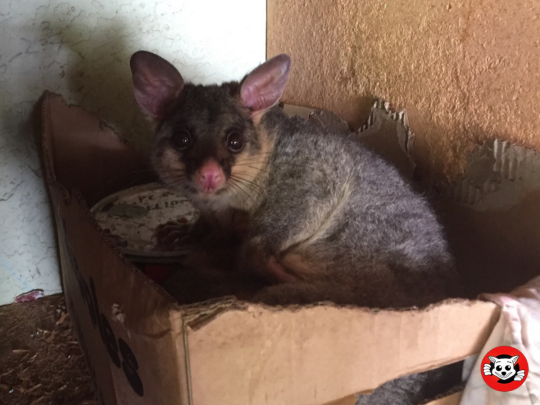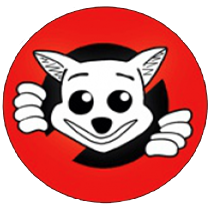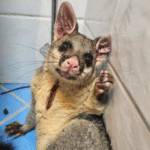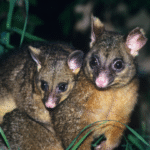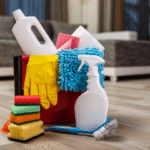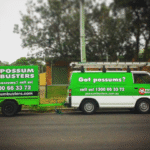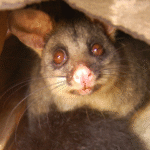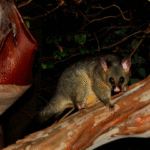The holiday season brings joy, celebration, and festivity to our homes. However, it can also lead to unexpected visitors like possums, finding their way into your property.
Whether it’s through disturbed outdoor spaces or leftovers that entice wildlife, the post-holiday period is often a peak time for encountering possum activity. Identifying these uninvited guests early can make all the difference in protecting your property while ensuring these native creatures are handled humanely.
Here’s everything you need to know to spot possum activity signs and what to do about it.
Why Possums Enter Homes After the Holiday Season
The holiday season often changes the dynamics of your property, creating conditions that might attract possums. Here are some key reasons why possums are likely to invade your home after the holidays.
- Leftover Waste and Food Scraps
Gatherings and celebrations can result in excess food being left outdoors or improperly disposed of. Possums, being opportunistic foragers, are drawn to easy food sources like fruit or snack remnants left near your bins or garden.
- Disturbed Outdoor Habitats
Using outdoor decorations, fairy lights, and increased human activity in gardens often disrupts possum habitats, prompting these animals to seek shelter elsewhere. Your roof might become a refuge for displaced possums.
- Quiet Indoor Spaces After the Festivities
Once the gatherings wind down and silence returns, your property may seem like an inviting, undisturbed hideaway.
Understanding why possums are drawn to your home sets the stage for spotting their tell-tale signs.
The Most Common Signs of Possum Activity
You don’t have to be a wildlife expert to identify possum presence in your home. Here are the most common possum activity signs to look out for.
- Noises at Night
Possums are nocturnal, so any scratching, scurrying, or banging sounds in the roof or walls are key indicators of a possum intruder. This may sound like soft thuds as they move about or the occasional screeching as they interact.
- Droppings
Possum droppings are a key clue. They are usually oval-shaped, dark brown or black, often found near nesting areas such as roofs or garden corners.
- Unpleasant Odours
Possums have a strong smell, often described as ammonia-like due to their urine. If you notice this odour in confined spaces, chances are high that a possum is nearby.
- Roof or Wall Damage
Broken roof tiles, displaced insulation, or gnawed beams can indicate possum activity. They may use these openings to create access to your roof space.
- Nesting Debris
Possums often bring in nesting material such as leaves, sticks, or shredded fabrics. Check dark areas or storage spaces for such signs.
- Tracks or Smudges
Look for tracks or greasy marks along walls and ceilings. Possums navigating areas repeatedly may leave smudges that can be an easy clue to their movement.
Remember, identifying these signs early can help you address the issue before it escalates.
How to Check for Possum Activity
Conducting a post-holiday wildlife check can ensure your home remains possum-free. Here’s a guide to safe and effective inspection:
- Inspect Roof Spaces
Using a torch, check your roof for droppings, nesting debris, or chewed wires. Possums often prefer warm, dark spaces, so be thorough.
- Examine Roof and Gutter Areas
External areas like roof corners, gutters, or vents can be common entry points. Look for loose tiles, broken vents, or evidence of access pathways like scratches or fur.
- Survey Gardens and Surroundings
Outdoor areas like trees, sheds, and fences are favourite haunts for possums. Watch for claw marks on tree trunks or signs of food consumption.
- Monitor Sounds and Odours
Stay attentive during the evenings and nights for any unusual noises or smells that suggest possums are nearby.
- Secure Potential Entry Points
Look for gaps around eaves or under solar panels that might serve as entryways for possums. Sealing these off after inspections is critical to prevent further intrusions.
While DIY checks can be adequate, always exercise caution. Contacting professionals is the best action if you’re uncertain how to proceed.
The Importance of Humane Possum Control
Possums are native to Australia and protected under local laws, meaning it’s illegal to harm or kill them. Choosing humane possum control is not only ethical but also a legal necessity. Harmful methods like poisoning or trapping possums improperly can result in hefty fines and disrupt local wildlife ecosystems.
Working with professional wildlife experts ensures the problem is solved safely and lawfully. They use wildlife-friendly pest control methods, such as live trapping or one-way doors, to relocate possums without causing them harm. This approach protects the animals and preserves Australia’s natural ecosystem.
Protect Your Space Now
If you’ve noticed signs of possums in your home or suspect they might have made themselves comfortable during the holidays, it’s time to act. Contact the experts at Possum Busters for a comprehensive inspection of your property. They specialise in possum removal services, professional wildlife relocation, and eco-friendly pest solutions tailored to Australian homes.
Possum Busters can help you identify possum presence, provide humane removal solutions, and prevent future issues, all while prioritising the safety of your property and the animals. Protect your home and ensure peace of mind with expert assistance. Together, we can create a harmonious coexistence with Australia’s precious wildlife.
Proactive checks after the holiday season can save you time, money, and worry in the long run. Don’t wait; take steps today to keep your home safe and wildlife-friendly!

